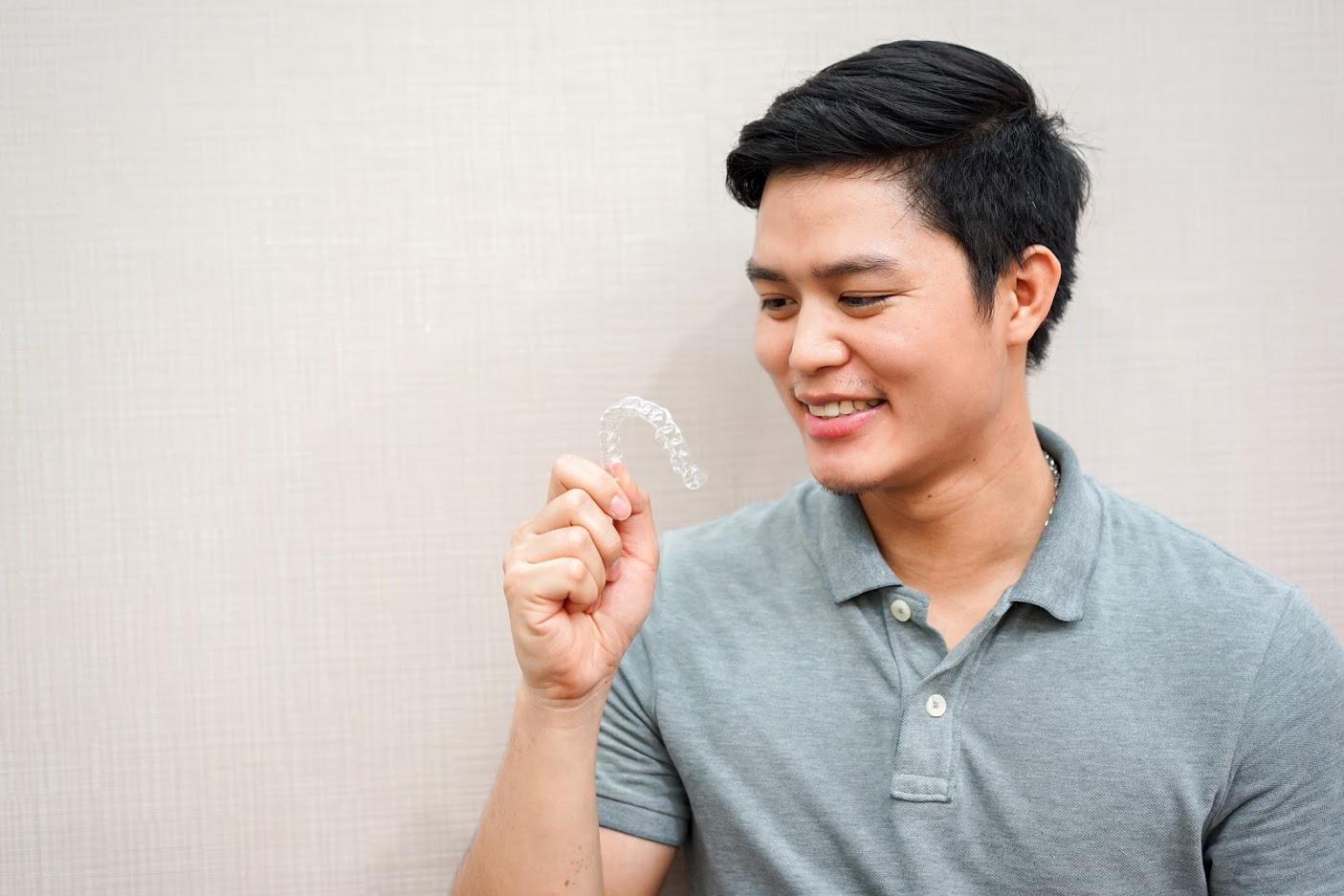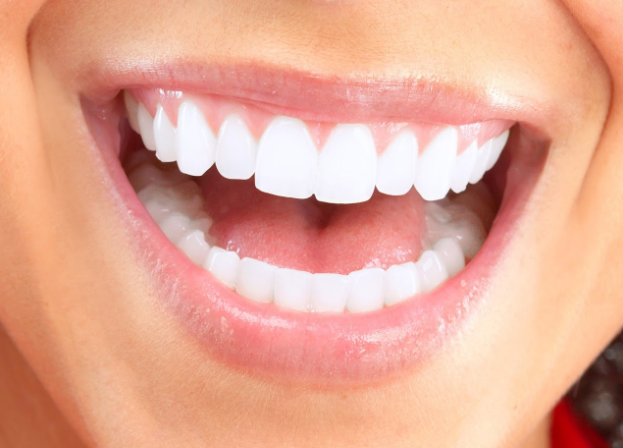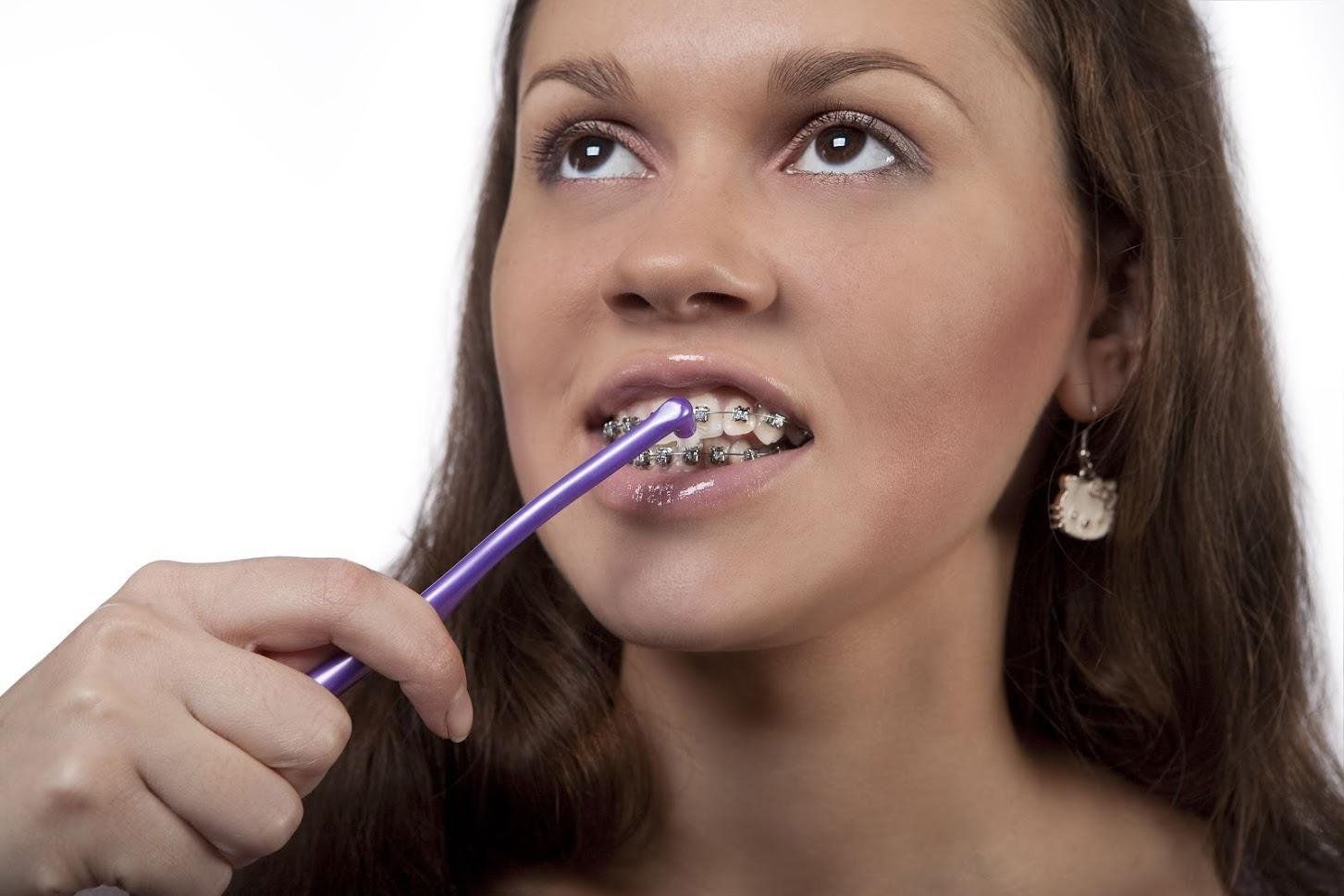3 Ways to Help Prevent an Overbite in Your Child
- By Admin
- •
- 27 Jul, 2019

One of the most common orthodontic problems in people of all ages is a macclusion, or "bad bite," such as an overbite. While not all overbites are preventable, if you are the parent of a baby or toddler, know that you can take steps now to help keep your child from developing an overbite later in life that will need to be corrected.
Read on to learn three ways to help prevent an overbite in your child, to decrease the chance that they will need braces to correct it in the future.
1. Limit Pacifier Use
Pacifiers are useful items to keep around when you have a baby, because they naturally calm babies. Sucking is one of your baby's natural survival instincts, because babies must instinctually suck on a breast or bottle to obtain the nutrition needed to grow.
That is why a pacifier can help calm your baby when nothing else seems to appease them. Sucking actually lowers your baby's heart rate and blood pressure.
In addition, doctors now recommend that babies sleep with pacifiers in their mouths until the age of 6 months to prevent SIDS.
Thankfully, you don't have to stop offering your baby a pacifier altogether to encourage good oral development when you completely discontinue its use after the age of four. Continuing pacifier use after the age of four can affect jaw development and cause front teeth to begin to tip forward, which contributes to the development of an overbite.
Aim to start cutting back your child's pacifier use around the age of 3 to ensure the transition is completed in time. Begin offering another comfort object, such as a blanket or stuffed animal, instead of the pacifier and gradually reduce pacifier time until the habit is broken.
2. Choose the Right Sippy Cup
It can be an exciting time when your baby transitions from drinking from a bottle or breastfeeding to drinking from a sippy cup. While you may be tempted to purchase a traditional sippy cup with a spill-proof valve to prevent spills, the American Dental Association (ADA) warns parents that traditional spill-proof sippy cups come with dental hazards.
Typically, a child must suck on the spout of a spill-proof sippy to bypass the spill-proof valve. Sucking on this valve for long periods of time can lead to improper oral development, including the development of an overbite.
If your child already has a sippy cup with a spout that they love, limit its use to mealtimes only and don't allow them to suck on it continuously throughout the day to prevent oral development problems.
If you have not yet introduced a sippy cup to your child, skip it altogether and transition them directly to a small, plastic adult cup or choose a sippy cup with a "360" lid that prevents spills while allowing your child to sip from the cup as they would a traditional adult cup.
3. Identify and Treat Tongue Positioning Problems
Children need to develop good resting tongue position for the proper development of their mouths. When not speaking, eating, or drinking, the tongue should rest against the roof of the mouth, with the tip positioned slightly behind the front teeth.
While most children adopt this resting tongue position naturally, others begin to rest their tongues in improper positions that affect their orofacial development. Among the many orthodontic problems this can cause, improper tongue positioning can lead to an overbite.
Next time your child visits the dentist, ask your dentist to evaluate their resting tongue position. If they have adopted improper positioning, your dentist may recommend a "wait and see" approach to see if they grow out of it or suggest that your child visit a myotherapist to correct the problem before it causes orthodontic issues.
While not all overbites are preventable, follow these tips to encourage proper bite development in your child. Contact the staff at Donald E. Snyder Orthodontics to schedule an examination today if you suspect your child may be developing any orthodontic problem.









